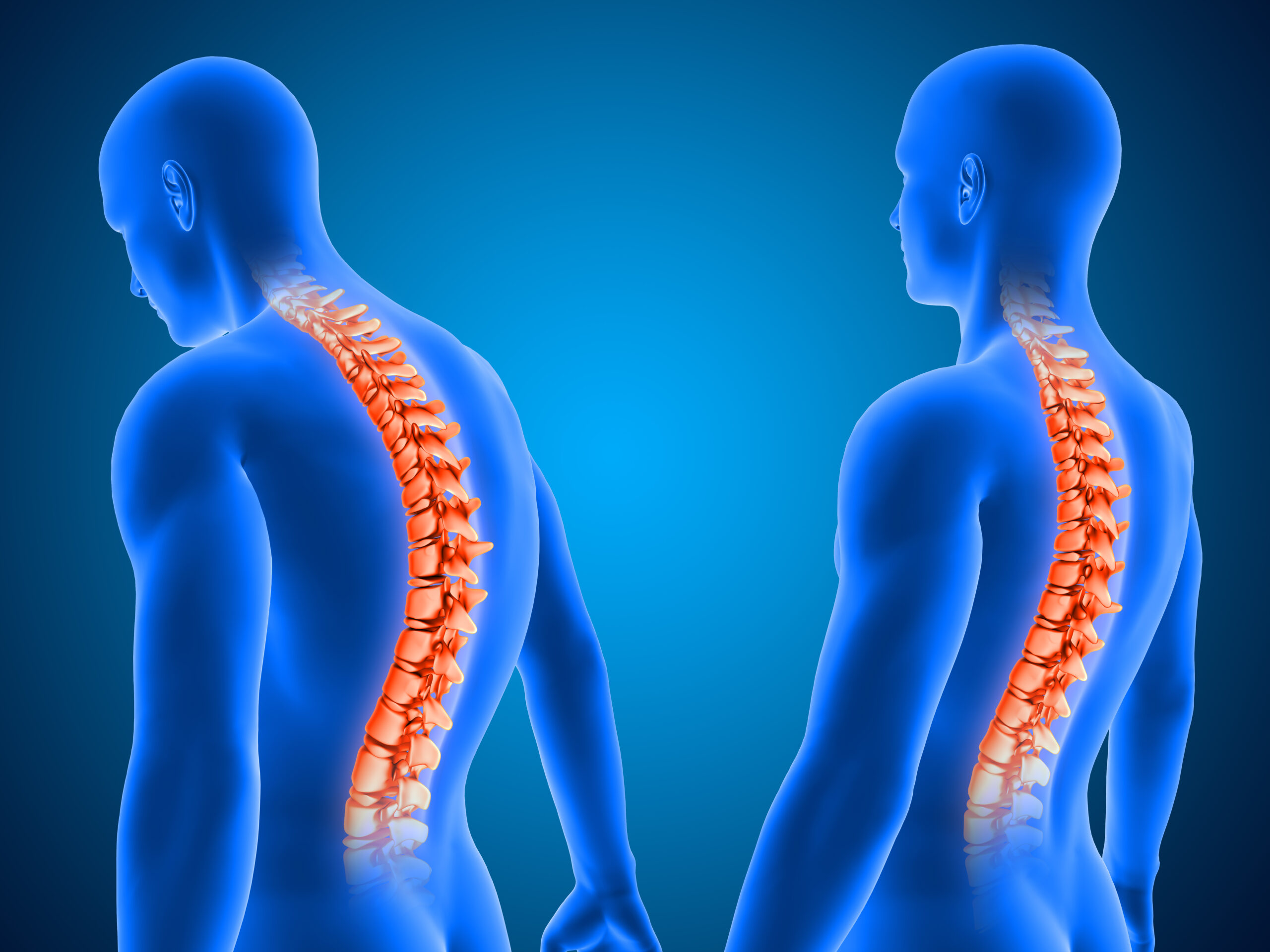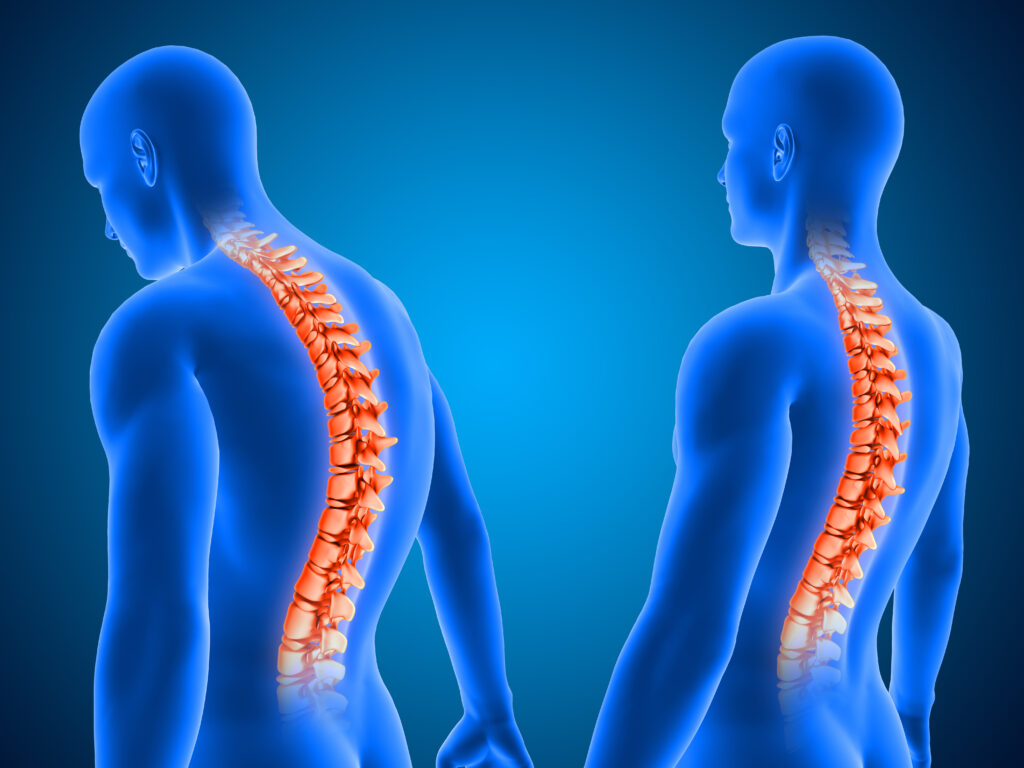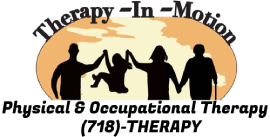
Siblings and Congenital Scoliosis: Unveiling Genetic Links
By: National Scoliosis Center

Scoliosis, a painful and intricate spinal condition distinguished by an abnormal lateral curvature of the spine, has long perplexed medical professionals across generations.
Recent strides in scientific investigation have illuminated a captivating genetic correlation. In this article, we delve into the interplay between siblings and scoliosis, delving deep into the profound role of genetic factors in shaping the evolution and advancement of this enigmatic condition—especially evident in idiopathic scoliosis, which accounts for around 80% of cases. This variant is particularly intriguing due to its spontaneous emergence without a discernible cause.
Idiopathic scoliosis, a condition frequently seen in childhood, offers a unique avenue for genetic exploration. Research centered around families with scoliosis-affected members consistently reveals a higher prevalence of spinal curvature within these groups than in general.
Adding to this understanding, the Scoliosis Research Society reports that almost 30% of teenagers with adolescent idiopathic scoliosis have a family history, underscoring a genetic predisposition within these familial clusters.

Analyzing Scoliosis Congenital Condition
The connection between genetics and scoliosis has been acknowledged for nearly a century. However, genetic studies have advanced these associations into a more precise focus. Investigations honing in on first-degree relatives, including twins, have unveiled compelling evidence of genetic contributions to congenital scoliosis.
Additionally, researchers have made significant strides in identifying specific genetic factors that wield influence over the severity of spinal curvature. One of the most promising outcomes of hereditary scoliosis research is its predictive capabilities. Genetic insights enable medical professionals to predict the shape and severity of spinal curves and the potential progression of the condition.
This wealth of information equips healthcare providers with the necessary tools to proactively manage congenital scoliosis causes, enabling early detection and implementing non-invasive interventions. Luke Stikeleather, President and Founder of the National Scoliosis Center, highlights the significance of “early detection” as an integral component of successful scoliosis management.
Families with a history of hereditary scoliosis find themselves equipped with a distinct advantage—genetic insights that empower them to be vigilant about potential signs of the condition. This newfound understanding can motivate these families to actively seek out trained professionals specializing in scoliosis screening, monitoring, and diagnosis.
Adopting a proactive stance enhances the likelihood of identifying scoliosis causes at its early stages, opening doors to an array of treatment options and paving the way for improved outcomes.

A Glimpse Into Scoliosis Congenital Condition
As scientific exploration delves further into the genetics of scoliosis, promising vistas appear on the horizon. Ongoing studies are on the cusp of magnifying existing discoveries, cementing the intricate link between genetics and scoliosis.
This research trajectory holds the potential to not only assist families with a historical context of the condition but also empower medical practitioners to customize treatments based on each patient’s unique genetic makeup, ushering in a new era of personalized care.
Amidst the complexity of congenital scoliosis types, the genetic component gradually unfolds, emerging as a pivotal thread in its narrative. The interplay between siblings and genetic correlations underscores the significance of family history in scoliosis awareness and diagnosis.
By embracing this newfound genetic knowledge, families and medical professionals can chart a collaborative course toward early detection and timely, effective interventions. In doing so, they wield the power to transform the lives of individuals navigating the complexities of this intricate spinal disorder, weaving a narrative of health and vitality for the future.
In conclusion, exploring the genetic connection between siblings and scoliosis marks a crucial advancement in comprehending this intricate condition. As research continues to shed light on the role of genetics in the development of hereditary scoliosis, families and healthcare professionals stand poised to enhance the prediction, management, and treatment of this spinal abnormality.
As a scientific exploration into scoliosis genetics advances, the horizon holds promising views. Ongoing studies are poised to amplify existing findings, solidifying the intricate link between genetics and scoliosis.
Contact us now to learn more about scoliosis physical therapy and book a consultation to start working on your custom-made plans!



